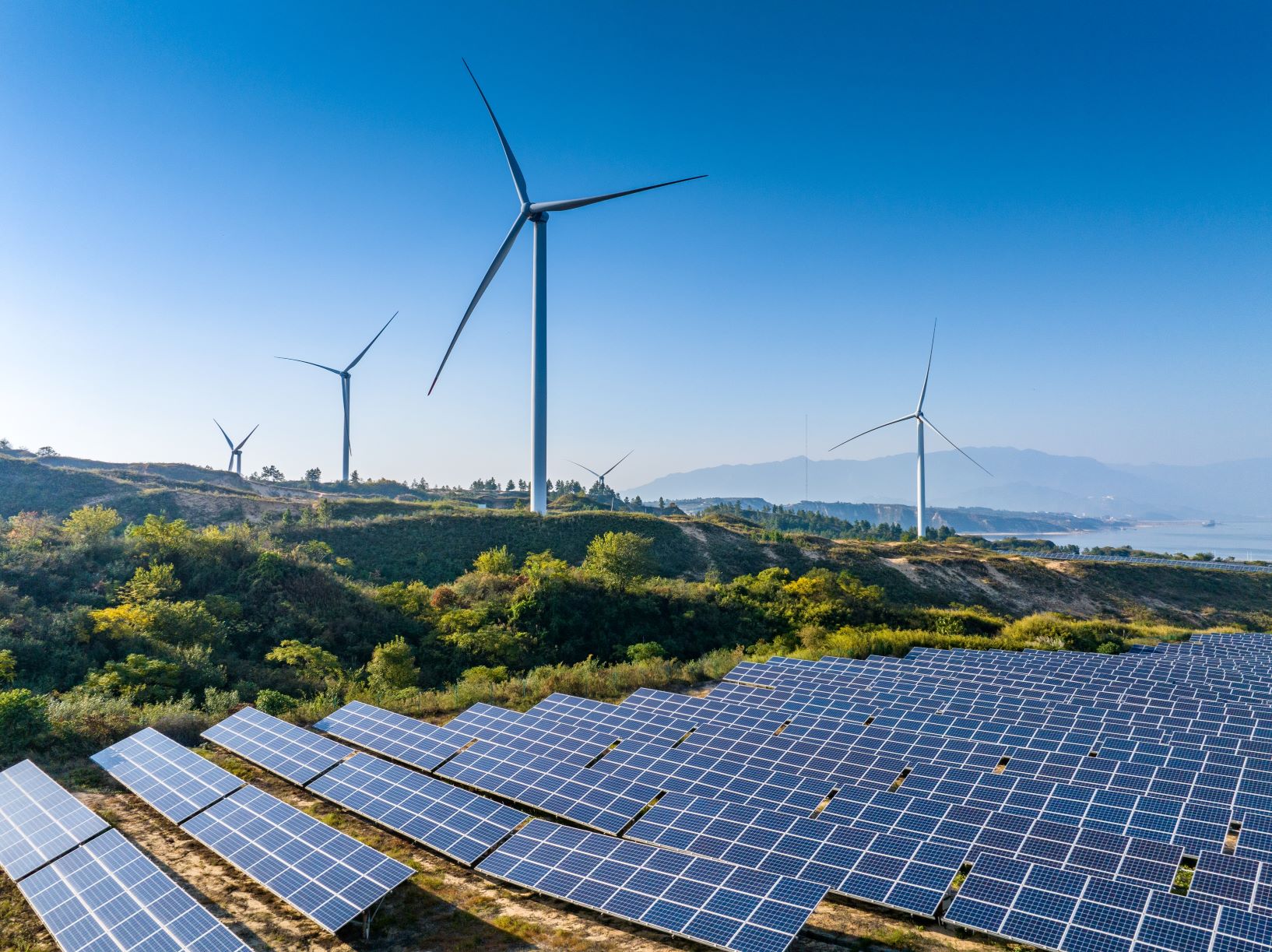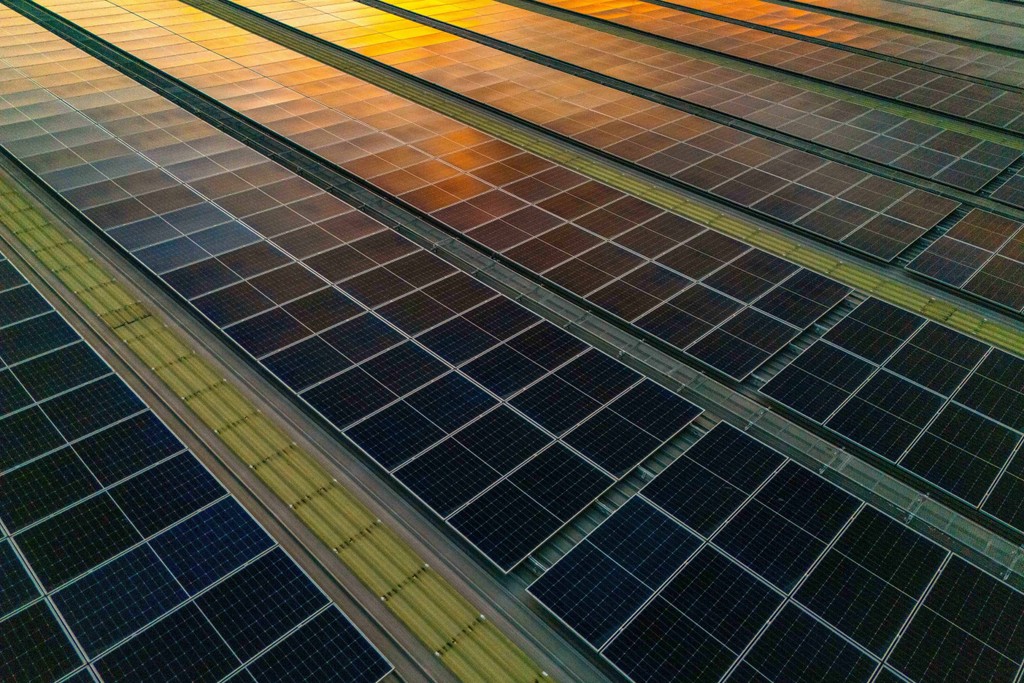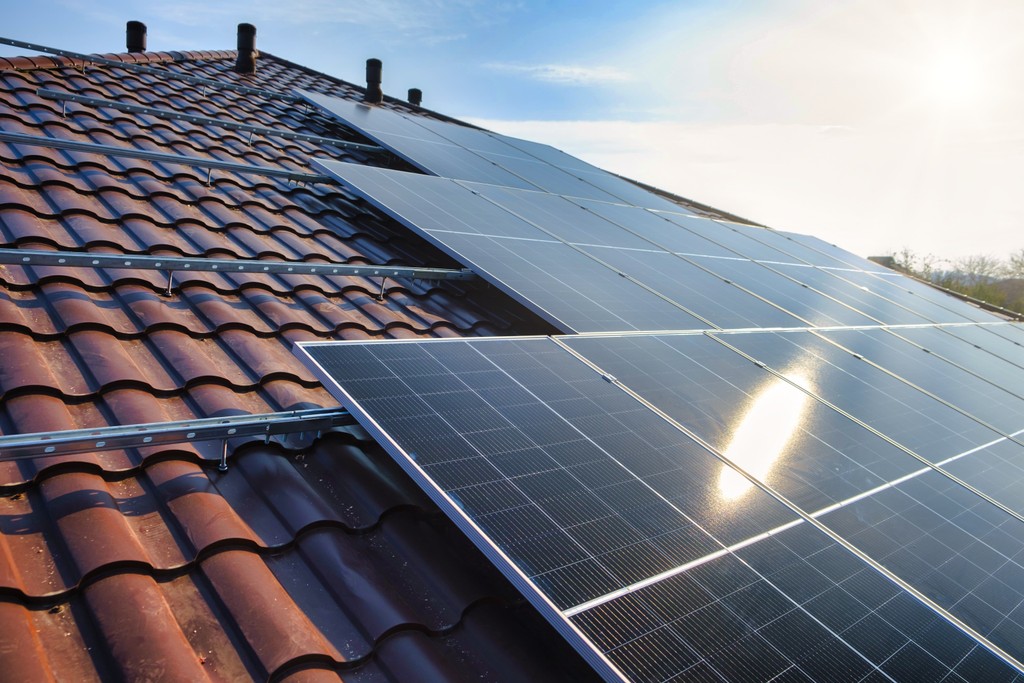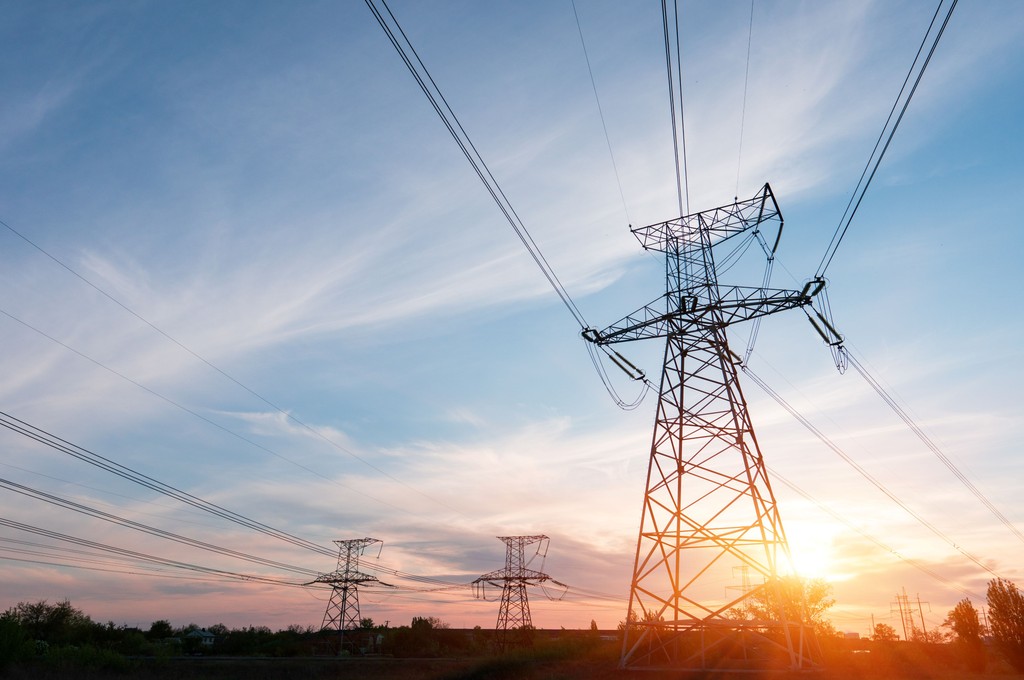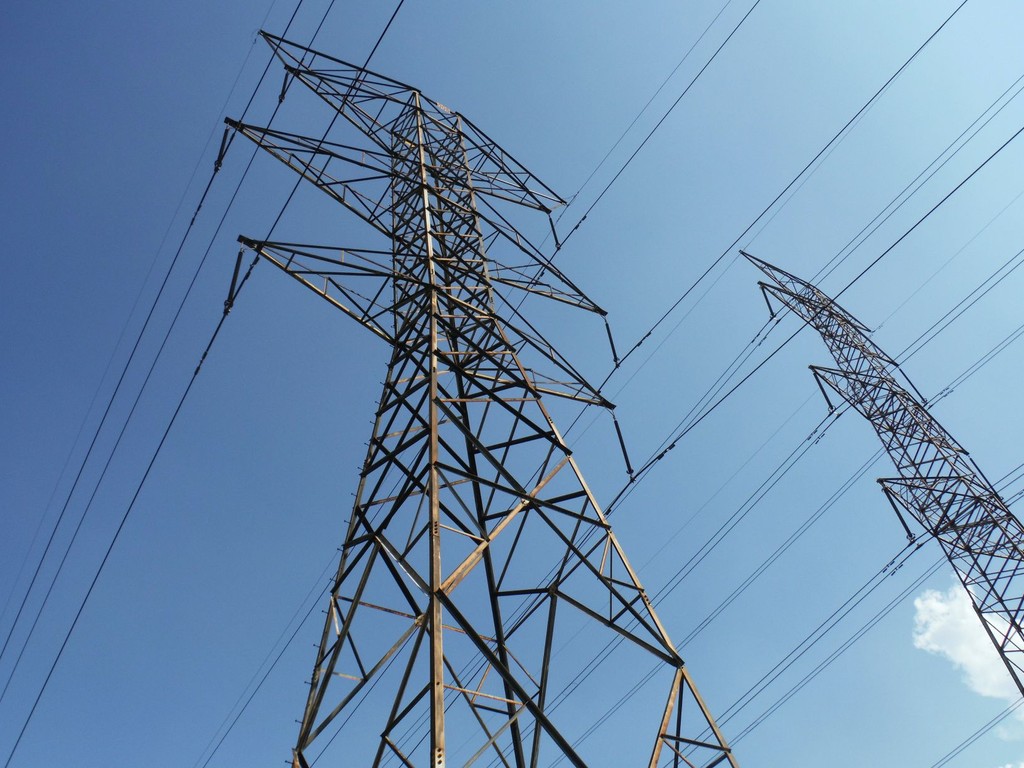By Atin Jain, Senior Associate, Wind at BloombergNEF
The newly enacted “One Big Beautiful Bill Act” reshapes the US clean energy landscape, tightening tax credit access and curbing momentum across project pipelines. A short path still exists for wind and solar projects to access these credits, but it will not be an easy road ahead for most developers. BloombergNEF’s revised outlook now projects a 23% drop in new wind, solar and energy storage additions through 2030 versus the 1H 2025 base case.
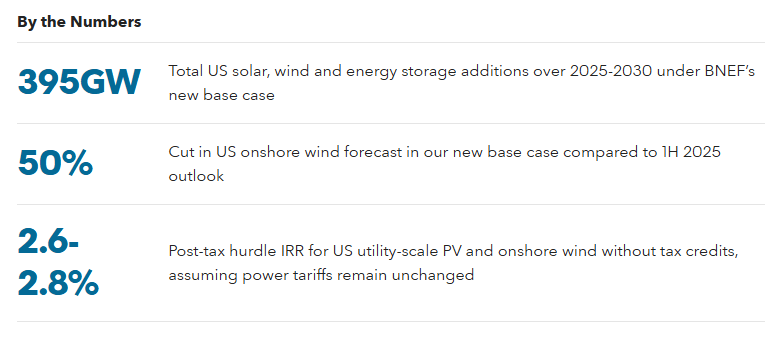
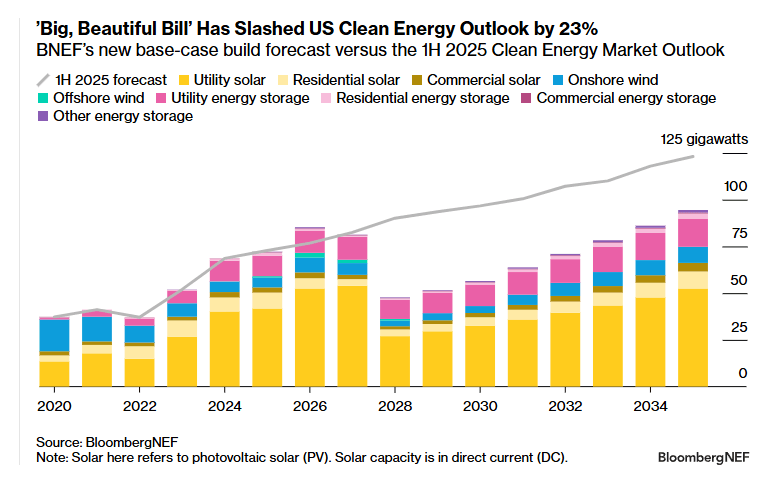
- Technologies fare differently within this decline. Onshore wind sees a staggering 50% cut to BNEF’s 2025-2030 forecast relative to the 1H 2025 view, while solar and energy storage see a 23% and 7% drop, respectively. BNEF now expects 395 gigawatts (GW) of clean power build over this period compared with the 512GW previously expected.
- Developers face a tight tax credit qualification window. BNEF believes they must start construction by the end of 2025 to safely qualify for tax credits under current rules without running into complicated ‘foreign entity of concern’ restrictions. Starting construction as soon as possible may also help developers avoid any negative impact from other, yet-to-be issued rules from the US Treasury that could be designed at President Donald Trump’s behest to lock out solar and wind developers from accessing the all-important tax credits.
- A rush to start construction forces developers to take aggressive bets on supply chain deals, grid connection, local permits and locking capital. Most mid-size developers with limited risk appetite may not be comfortable taking those bets considering the high downside risks.
- BNEF expects the US clean energy market to remain resilient in the long term, underpinned by solid economics relative to other new-build bulk generation technologies like natural gas or nuclear power. But BNEF does expect the new law to upend many aspects of US clean energy development including construction and safe harboring strategies, equipment sourcing, financing structures, offtake pricing and deal frameworks over the next few years.
- (Figure 9 was corrected on July 18, 2025, to display the right order of magnitude. At the same time, data for Figure 10 in the Excel was updated match how it is displayed in the main note, as gigawatts rather than megawatts.)
BloombergNEF clients can access the full analysis here.
